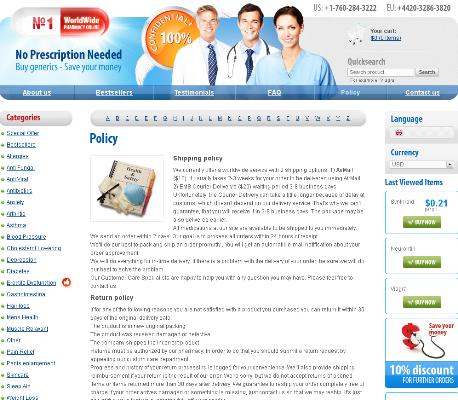| Royal City Drugs |
To Visit Online Pharmacy Click HERE ↓
Safe Mebendazole Dosage Guidelines for Children
Understanding What Mebendazole Is and How It Works
Imagine a tiny medicine with the power to eliminate troublesome parasites—this is mebendazole. It was first developed over 40 years ago and remains a vital tool in modern medicine. Mebendazole belongs to a group of medicines called anthelmintics. Its primary action targets parasitic worms inside the body.
By blocking their ability to absorb essential sugars, mebendazole starves these intruders, eventually causing them to die. The dead worms are expelled naturally, restoring children's health.
| Key Facts | Description |
|---|---|
| Medicine Name | Mebendazole |
| Main Use | Treats parasitic worm infections |
| How It Works | Blocks sugar absorption in worms |
Common Parasitic Infections Treated with Mebendazole

Picture a classroom filled with laughter—until a few children begin to complain of itchy nights and tummy aches. This scenario is all too common, as intestinal worms thrive where kids gather and play. Mebendazole becomes an essential ally in these settings, effectively targeting the most prevalent parasites.
The medication’s primary job is fighting off pinworms (Enterobius vermicularis), notorious for causing intense itching around the anal area. Yet its reach doesn’t end there—it’s also effective against roundworms (Ascaris lumbricoides), which can lead to abdominal discomfort and nutritional problems.
Additionally, mebendazole combats whipworms (Trichuris trichiura) and hookworms, reducing the risk of anemia and developmental delays. Its versatility makes it a go-to solution, helping restore children’s health and peace of mind for families everywhere.
Age-specific Dosage Recommendations for Children
When considering mebendazole for children, it’s crucial to tailor the dose based on a child’s age and weight. Typically, for those over two years, the standard dosage is 100 mg given as a single dose, which may be repeated after two weeks if necessary. For children under two, a medical professional should always guide the dosage.
Accurate dosing ensures that mebendazole effectively targets parasitic infections without causing unnecessary side effects. Parents should carefully follow their healthcare provider’s instructions for safe administration.
Keeping track of doses and observing your child for any reactions is essential. By sticking closely to the recommended guidelines for mebendazole, families can feel confident in the safe and effective treatment of these uncomfortable, but common, infections.
Safety Precautions and When to Avoid Mebendazole

Parents sometimes wonder if mebendazole is right for their child, especially if allergies or existing medical conditions are present. Always inform your healthcare provider about any history of liver disease or medication allergies before starting mebendazole. Children under two years old, or those with known hypersensitivity to the drug, should avoid its use entirely. If symptoms like persistent abdominal pain or unusual weakness develop during treatment, contact your doctor promptly to ensure your child’s safety and optimal care.
Recognizing and Managing Possible Side Effects
For many families, starting mebendazole treatment brings a sense of relief, but it’s important to stay alert for possible side effects. Most children handle mebendazole well, but mild reactions like stomach pain, nausea, diarrhea, or headache can sometimes occur. These symptoms are generally short-lived and resolve on their own. Parents should also watch for rare signs of allergic reactions, such as rash, swelling, or difficulty breathing, and seek immediate medical help if these appear.
To help you track and manage these effects, refer to the table below. Monitoring your child’s response and keeping your healthcare provider informed ensures safety throughout treatment. If side effects persist or worsen, never hesitate to ask your doctor for guidance or adjustments in the medication schedule.
| Possible Side Effect | Typical Severity | Recommended Action |
|---|---|---|
| Stomach Pain/Nausea | Mild | Offer light meals, monitor condition |
| Diarrhea | Mild | Encourage fluids, observe symptoms |
| Skin Rash/Allergic Reaction | Serious | Stop medication, seek medical attention |
Tips for Ensuring Successful Treatment Compliance
Convincing children to take medicine isn’t always easy, but turning it into a simple routine can help. Involve your child by explaining why the treatment is important, using age-appropriate language to foster cooperation. Offer praise or small rewards for taking their dose on schedule—it makes a surprising difference.
Setting daily reminders, like dosing after breakfast, can prevent missed doses. If your child dislikes the tablet's texture, check with your pharmacist about safe ways to crush or mix it with food, without compromising efficacy. Lastly, keep a chart or checklist visible to track progress, and celebrate once the treatment course is complete.






Email Us
Fill out all the fields below and press submit, a rep will contact you as soon as possible.

